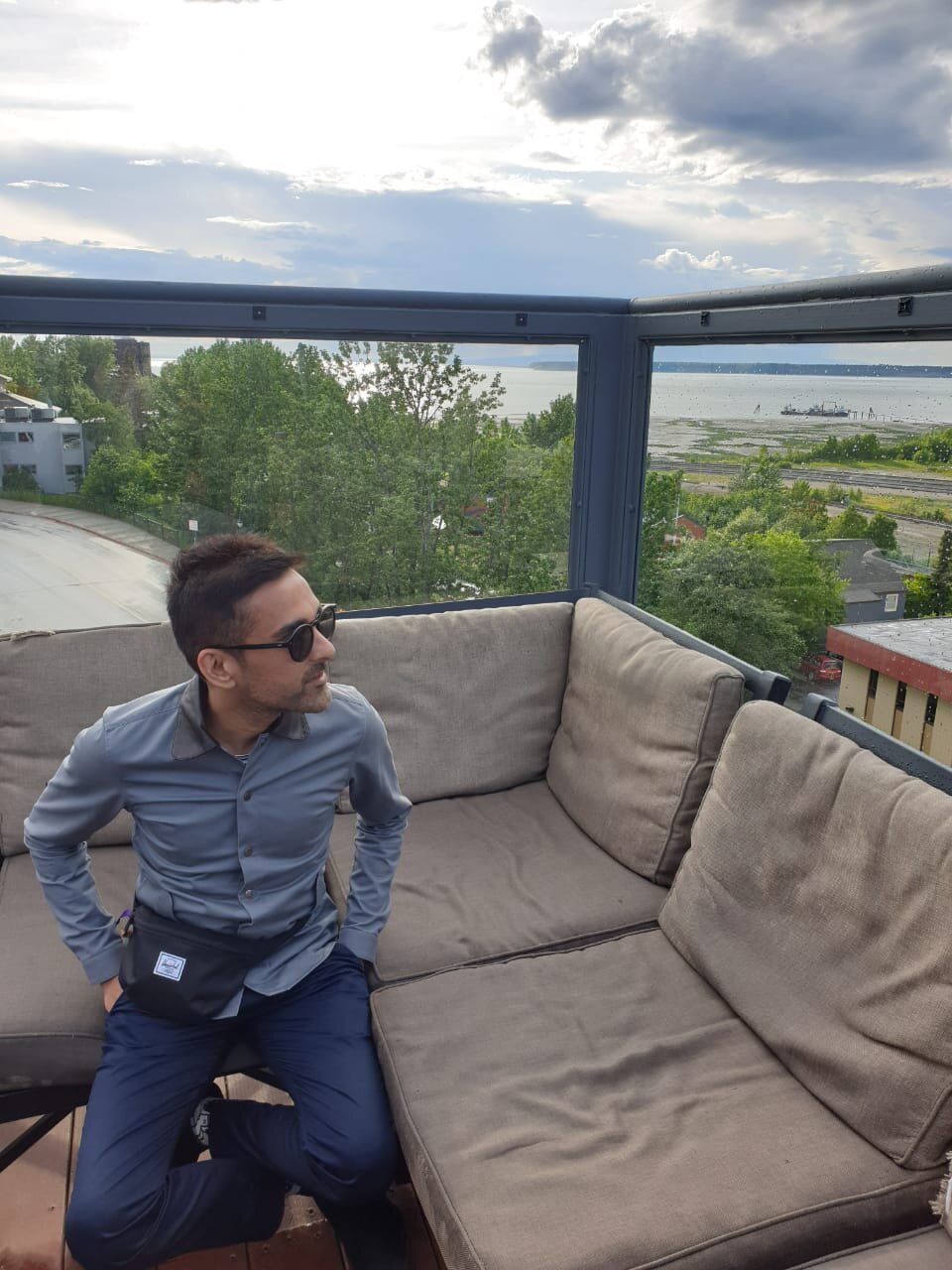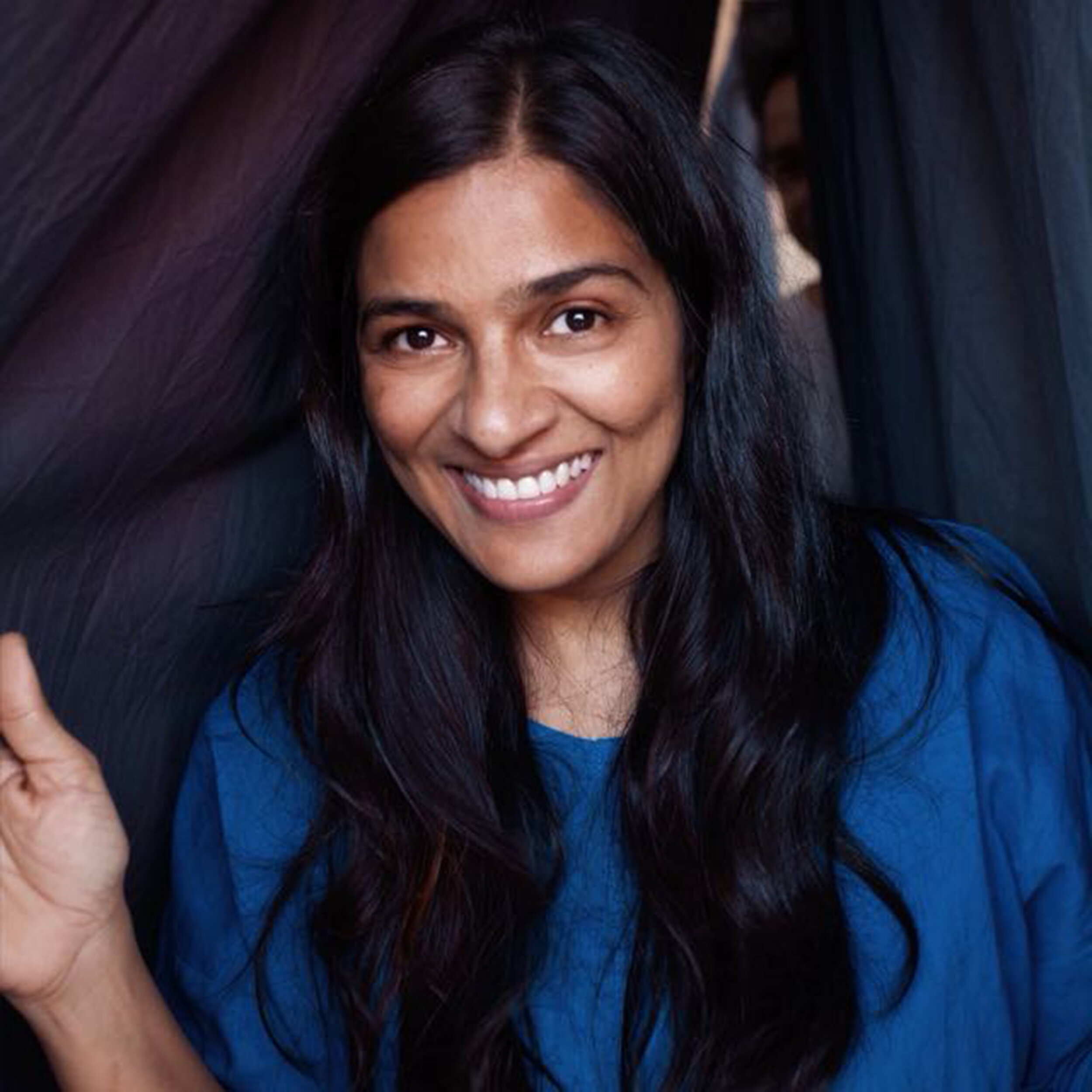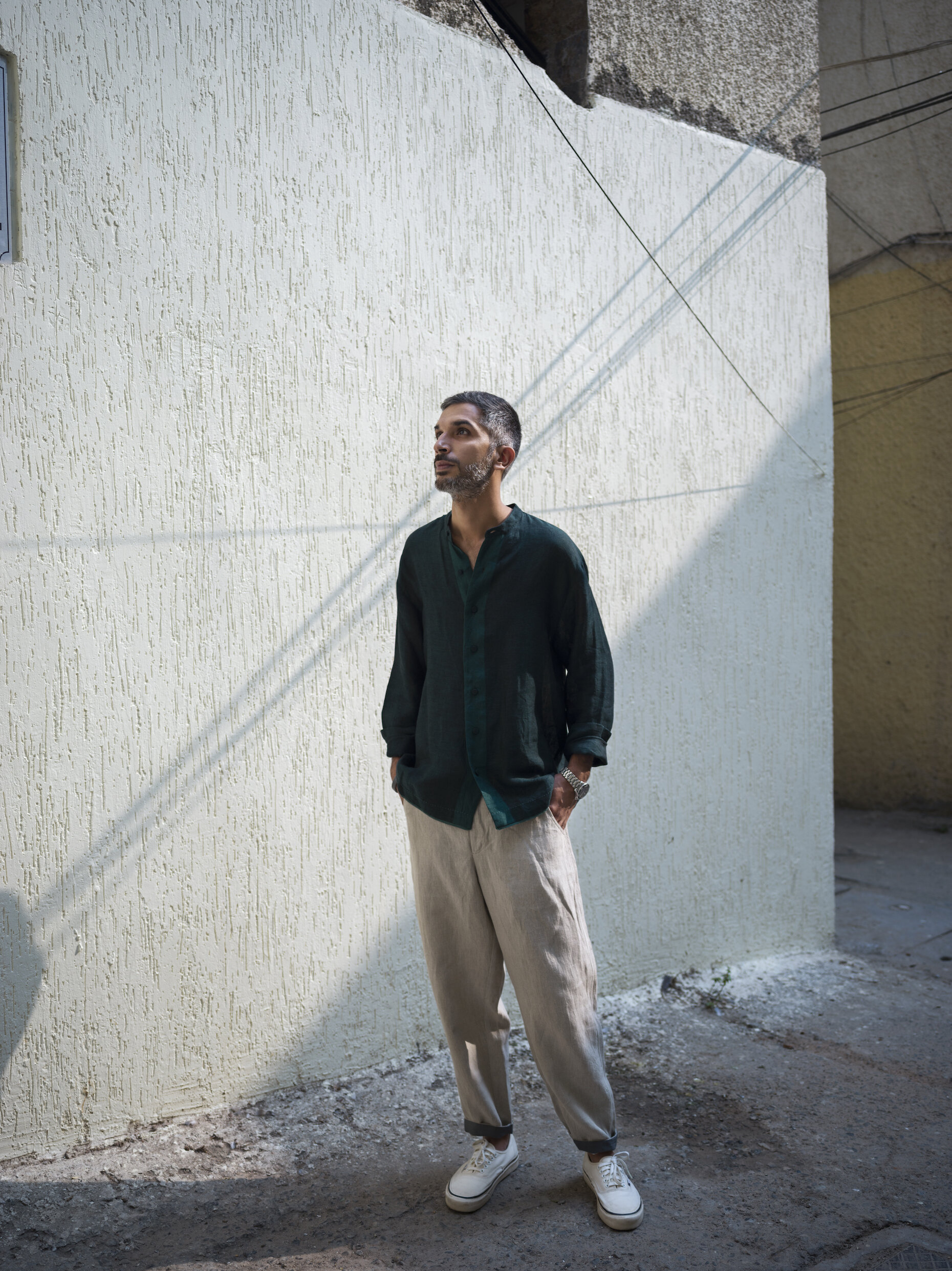A Fresh Perspective | Menswear in India
We speak with designer Rina Singh of Eka and Nikhil Sharma of Lacquer Embassy on the emerging trends in menswear fashion in India, in the last couple of years.
What is possible today that men would have reacted to in the past? There is also the use of prints, khadi textiles, and experimental silhouettes. Anthropologically, what attitude shift has happened for this fashion shift to happen?
Rina Singh / At Eka we find strength in textiles and craftsmanship. Right now, our real-time access to the world through social media and trade platforms has made the world a smaller place. Design identities are merging irrespective of country of origin, native design sensibility, and merit through local craft landscape and individualistic expression of personal identity through clothing culture. I find that this unique characteristic of design creates a special signature for us, but also becomes a limitation to reach out democratically across the world for retail. The possibility to explore this further is — either we live in our silos or create a fluid language with clever identity to cross over and merge.
Although men’s fashion has never been a big priority in pret collections, given that men mostly dress up for occasions or are happy to consider high street or luxury brands. I am making a proposal for men through Eka core who don’t want to be confined to suits, and would like to consider easy shapes to work, leisure, lounge, travel or holiday in.
Comfort is paramount for all Eka collections, and our menswear with its textile aesthetic and easy shapes closes the loop as an extension. Breathable textiles are difficult to sew close to the body, giving them room around the shape and hence create silhouettes that are baggy, generous, slouchy, and not defining in contours — this is our thought behind the design philosophy for men.
I don’t expect men to buy like women; at the same time I also feel it is a stronger, more loyal market as seasonal collections don’t need a huge variation unlike women's wear. The designs should pursue longevity, the collections should have a longer run on shelves, and the textiles don’t need a lot of surface and design developments. The idea is to add clever elements that make it work for the segment of men who are evolved in their fashion sensibility, have their own understanding of fashion that works for them, are eclectic in editing and working on their wardrobes as per personal need and nuanced taste. I might start with a handful but I am sure this idea will resonate with more than many waiting for an appropriate offering in the category.
Photo Credits/ Eka and Lacquer Embassy
Nikhil Sharma / A lot of change has happened in the last few years in menswear fashion due to the rise of online shopping and also exposure across various channels in digital media. A lot of emphasis is now paid by men themselves in the way they present/project themselves in various situations — from holidays to even hang outs with friends. They are more conscious of how they are seen by peers, say, on an Instagram story and for that they are ready to pay more attention and effort than probably they would have done a few years back. They are becoming more mindful of how they dress as lives now are entered around social media.
However, distinctiveness reflected in fashion statements is on the decline as trends become like uniforms across the globe. The way a personal stamp was put on things is something which is missing even with the biggest influencers in terms of the aesthetic they put out there.
Typically, textiles and experimental silhouettes are still very occasion-driven, exclusively reserved for weddings. Choice of international and domestic brands offline and online has led to more daily consumption and the splurge in rich heritage textiles is driven by one-off occasions. Again, this is a more generalized observation as there will always be a small percentage of consumers with a penchant for rich textiles and prints than fleeting fads.
“A lot of emphasis is now paid by men themselves in the way they present/project themselves in various situations — from holidays to even hang outs with friends. ”
“Design identities are merging irrespective of country of origin, native design sensibility, and merit through local craft landscape and individualistic expression of personal identity through clothing culture.”




